Vintage yellow Pyrex refrigerator dish: 102,200 ppm Lead (more than 10%!!!) + Cadmium and Arsenic!
Yellow vintage Pyrex refrigerator dish
All of the test results reported on this blog are science-based, accurate and replicable. These findings of Lead in Pyrex have not been disputed by the manufacturer nor by the scientific community. To my knowledge I am the only person who has done any extensive independent (not-corporate-influenced) testing of Pyrex specifically. While no one in the scientific community (no organization or educational institution) has undertaken any sort of similar inquiry specifically in to the concern for Lead in Pyrex, studies have been done demonstrating concern for Lead in the exterior painted decorative coating elements on glassware – and Pyrex falls within that category. Here’s a link to one such study.
When tested with an XRF Instrument the vintage yellow Pyrex refrigerator dish pictured here had the following readings:
Yellow exterior of the container:
3-minute test
- Lead (Pb): 102,200 +/- 3,000 ppm
- Cadmium (Cd): 4,065 +/- 135 ppm
- Arsenic (As): 10,100 +/- 500 ppm
- Barium (Ba): 1,196 +/- 216 ppm
- Gold (Au): 530 +/- 137 ppm
- Zinc (Zn): 34,300 +/- 1,000 ppm
- Nickel (Ni): 51 +/- 32 ppm
- Iron (Fe): 250 +/- 76 ppm
- Titanium (Ti): 27,100 +/- 1,100 ppm
- Chlorine (Cl): 25,100 +/- 3,000 ppm
Unpainted milk glass:
- Arsenic (As): 3,041 +/- 181 ppm
- Barium (Ba): 1,577 +/- 329 ppm
- Zinc (Zn): 48,700 +/- 1,700 ppm
- Iron (Fe): 140 +/- 58 ppm
Some additional reading that may be of interest:
- Here’s the link to the Pyrex category on my blog.
- Here’s the overview post with images of most of the Pyrex pieces on this blog.
- Here’s my post about the testing methodology used for the results reported on this blog.
- Here are some other examples of vintage Pyrex refrigerator dishes I have tested.
Introduction – for those new to this website:
Tamara Rubin is a multi-award-winning independent advocate for consumer goods safety and she is also a mother of Lead-poisoned children. She began testing consumer goods for toxicants in 2009 and was the parent-advocate responsible for finding Lead in the popular fidget spinner toys in 2017. She uses XRF testing (a scientific method used by the Consumer Product Safety Commission) to test consumer goods for contaminants including Lead, Cadmium, Mercury, Antimony and Arsenic.
How much Lead is too much Lead?
There is no total regulated / mandated content limit for detectable Lead (as measured with an XRF instrument) in vintage or modern dishware. Limits have only been set for the total amount of Lead that is leaching at the time of manufacture – as measured by leach-testing.
For context however, for modern items intended for use by children to be legal (and not subject to recall) there IS a total content limit for Lead (as measured with an XRF Instrument). This limit is as follows: the paint or coating of items intended for use by children must be below 90 ppm Lead, and the substrate of the item needs to fall below 100 ppm Lead when tested with an XRF instrument.
If this vintage Pyrex refrigerator dish were made today and was “intended to be used by children”, it would definitely be illegal (with over 100,000 ppm Lead – vs. the 90 ppm limit for what is considered safe.) Here’s the “Gotcha” though: currently the American agencies that regulate this sort of thing (CPSC, FDA, EPA, HUD, etc.) do not consider dishes to be “items intended for use by children” and – as such – they are exempt from adhering to the modern regulatory limits in items intended for use by kids. What that means is that even MODERN (newly manufactured today) dishware can have high amounts of Lead in the paint, glaze, coating or other decorative elements (ostensibly because it is sold for use by adults, not kids.) The one exception: modern baby dishes (or other dishes expressly for use by children) must also adhere to the CPSC standards for children’s items (the 90 ppm Limit.)
I consider dishes and kitchenware that test positive for Lead at levels below 90 ppm to be “Lead-safe”. [Note: my personal preference is to have all of the items in my own kitchen be 100% Lead-free – not just “Lead-safe”.] It is generally very inexpensive to put together a Lead-free kitchen in your home. Stay tuned as I will be sharing a post about that shortly – an inexpensive Lead-free kitchen set up, with Amazon links to economical choices that are also likely to be Lead-free.
Are you new here?
For those new to my website, please check out the menu in the header of the website for more information about how I test things (and my background, etc.) On each post you can also click on any of the keyword tabs at the top of the post to find more items in that category. Here’s the post discussing the type of testing I do, and the specific instrument I use to detect, analyze and confirm metals content, and ultimately produce the resultant data for each item reported here – link.
Wait, I heard this was a hoax… Is this really true?
When I post about Pyrex, new readers here on my blog invariably find the link to one or more Snopes articles about my work. Snopes has written about my work FOUR times. They really have a bug in their bonnet about me (or more likely, they want to try to snag some of the website traffic my posts generate!) Snopes’ posts about my work are contradictory. Two of their articles are false and full of misstatements and lies and two are true. Two referenced me as an expert to prove something was true and two tried to discredit my work with false statements! In case you have come across these articles (and aren’t sure whether or not to believe my findings), I would like to direct you to a selection of quotes from their most recent article on my work – link here.
Below is another quote from one of their articles:
I take it as a badge of honor of sorts that Snopes has bothered to write about my work four times! In fact I don’t know anyone else (anyone who isn’t famous or a prominent politician) who has been written up in Snopes so many times! Here are all the posts on my blog where I mention Snopes (some of it is quite entertaining reading!)
As always, thank you for reading and for sharing my posts. Please let me know if you have any questions.
Tamara Rubin
#LeadSafeMama
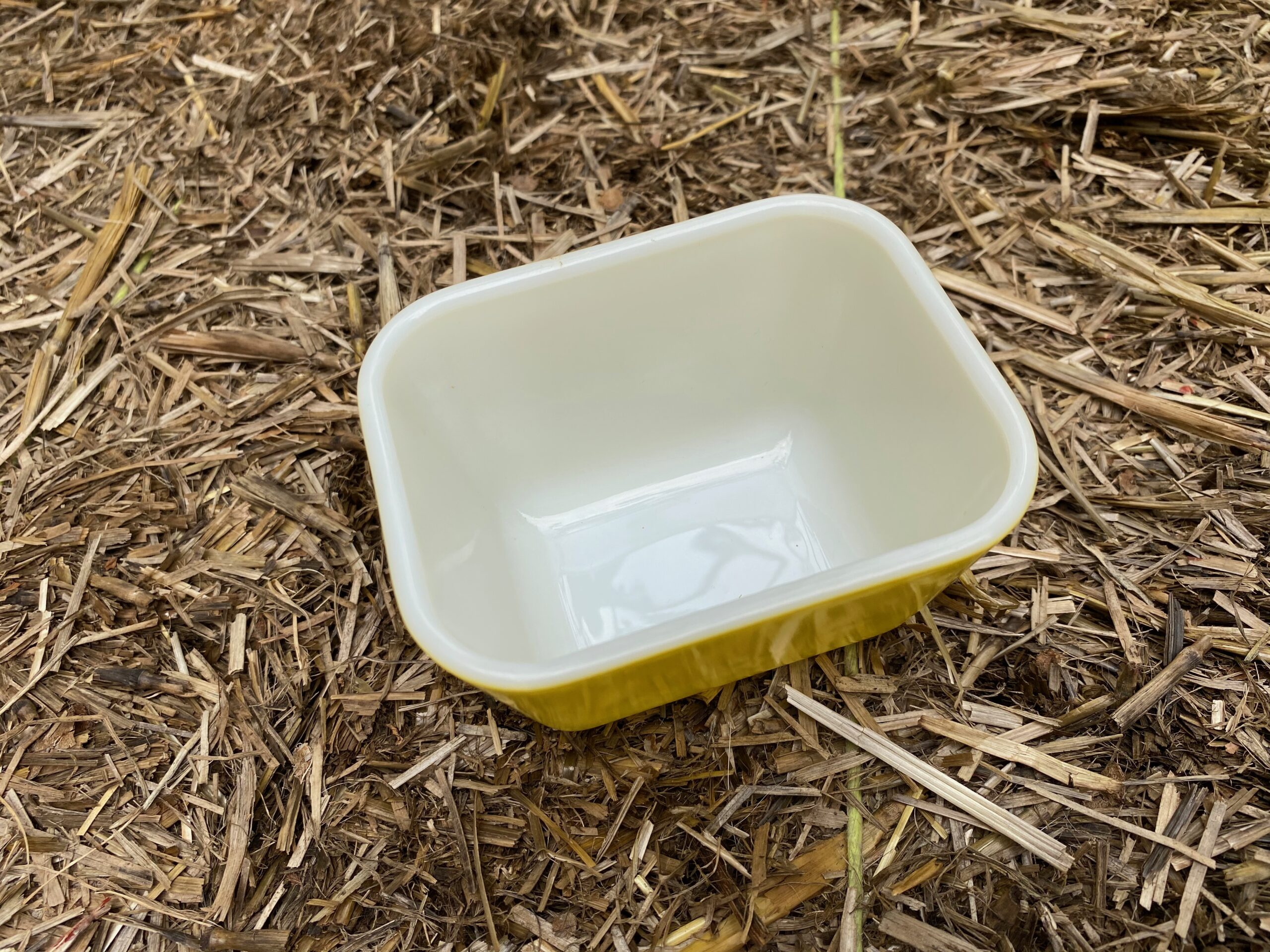
Never Miss an Important Article Again!
Join our Email List


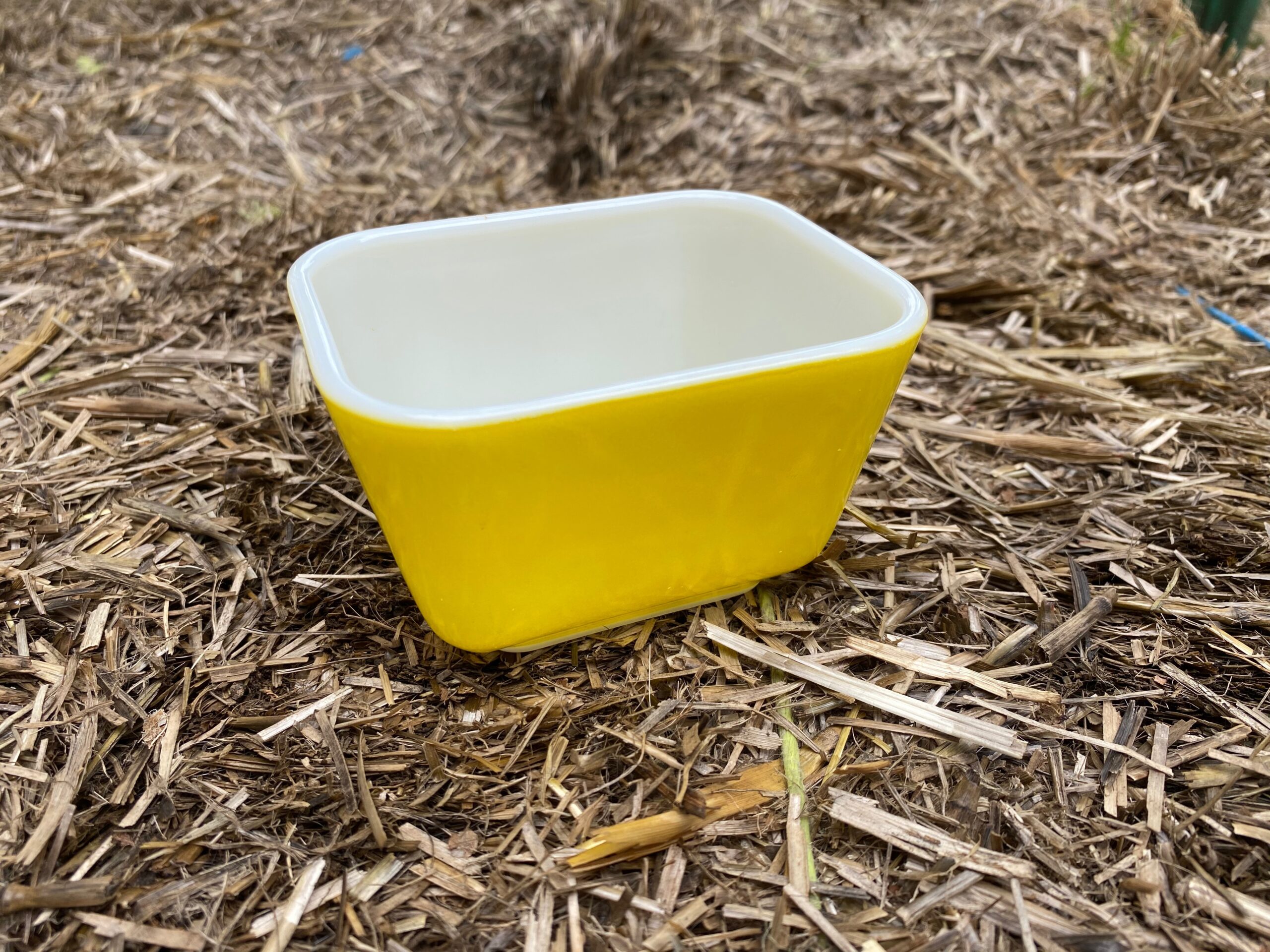
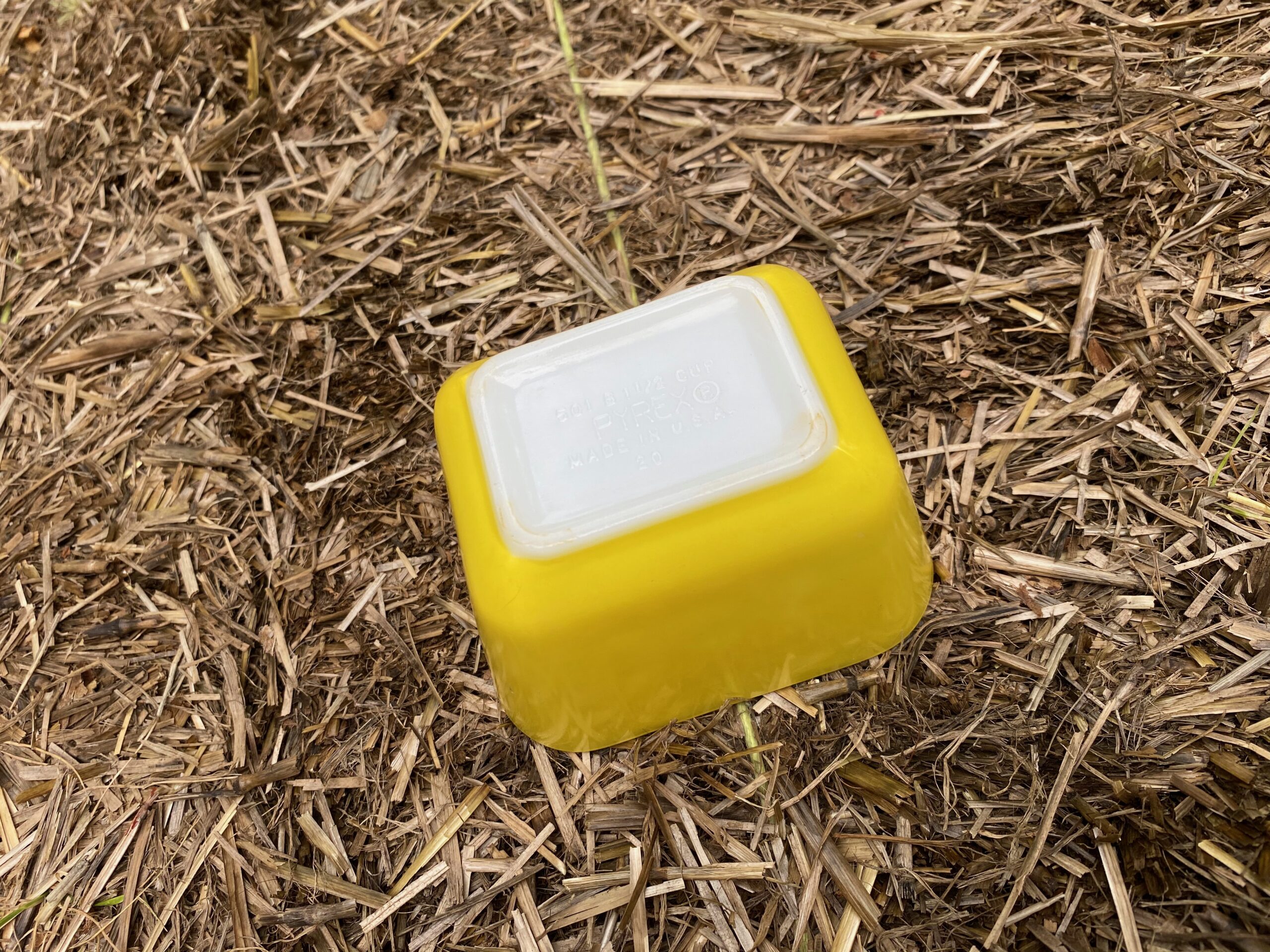
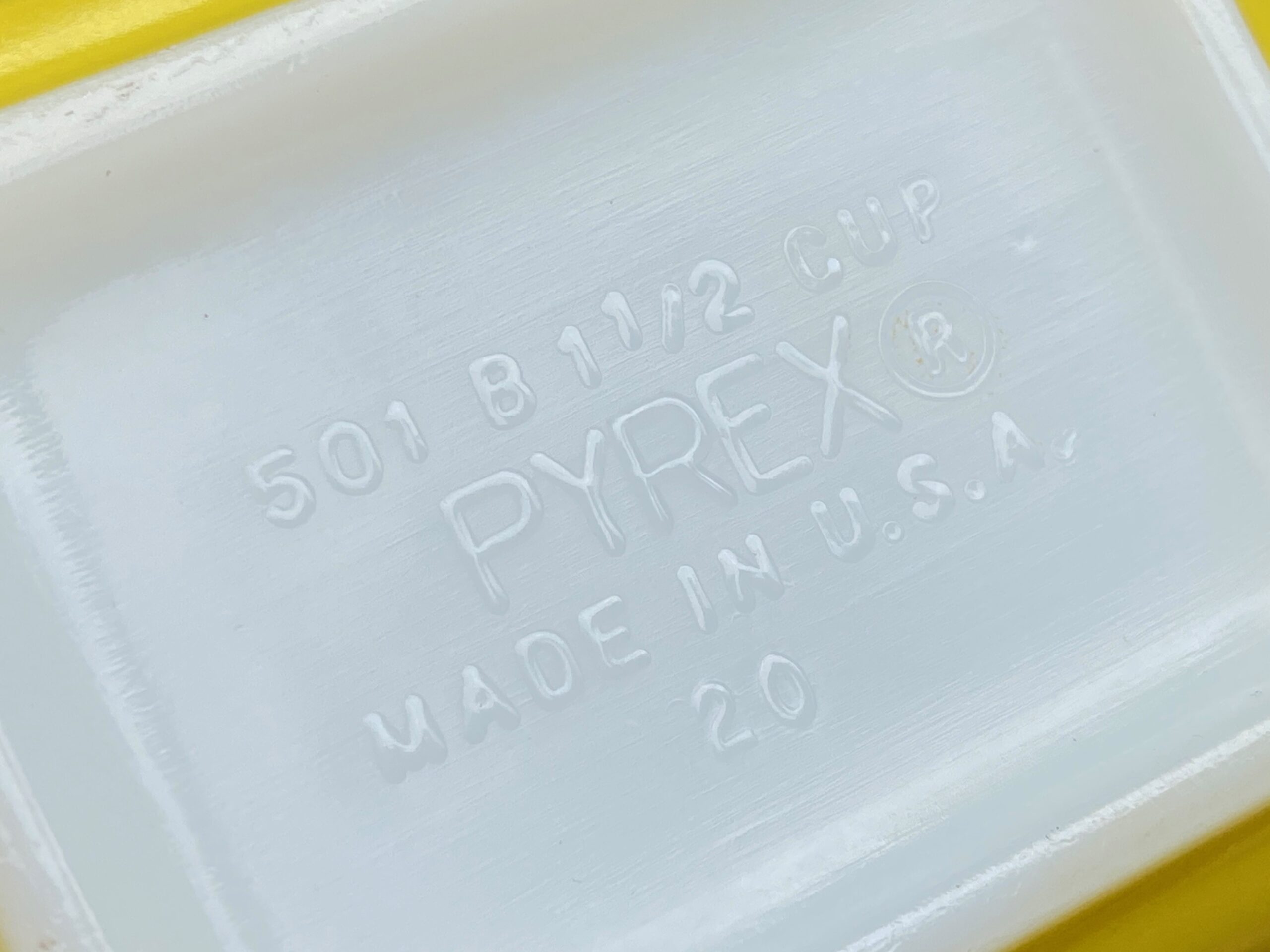
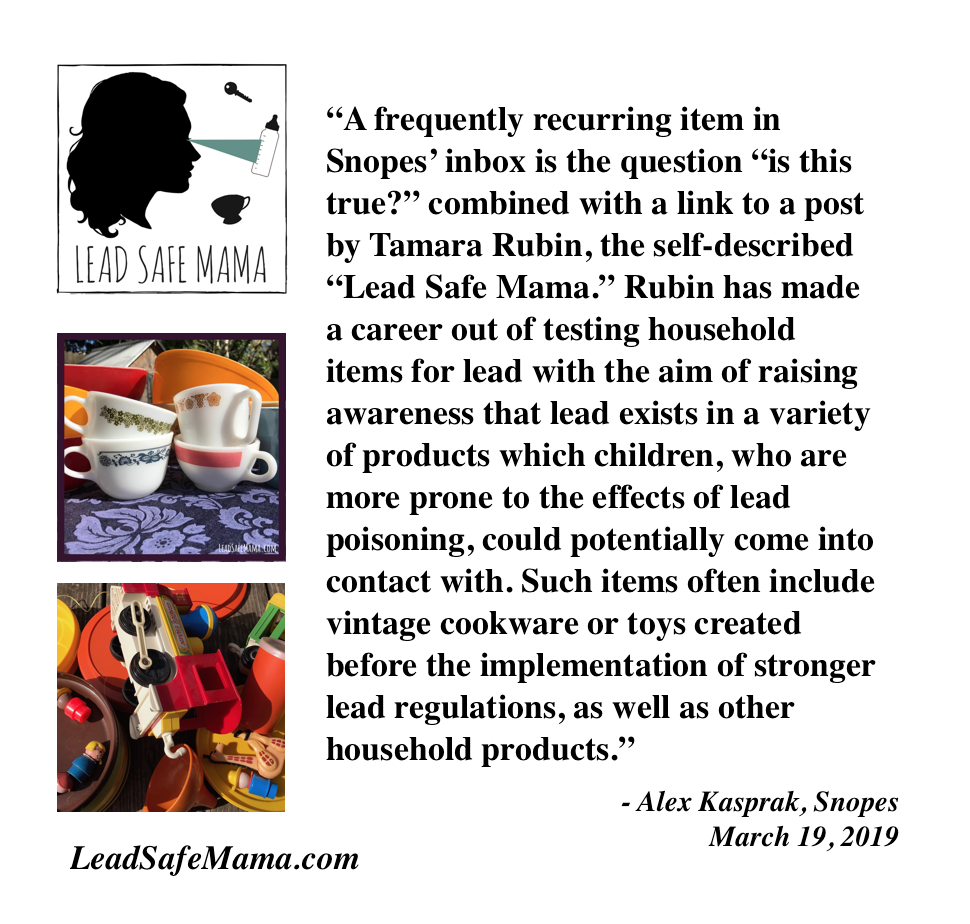
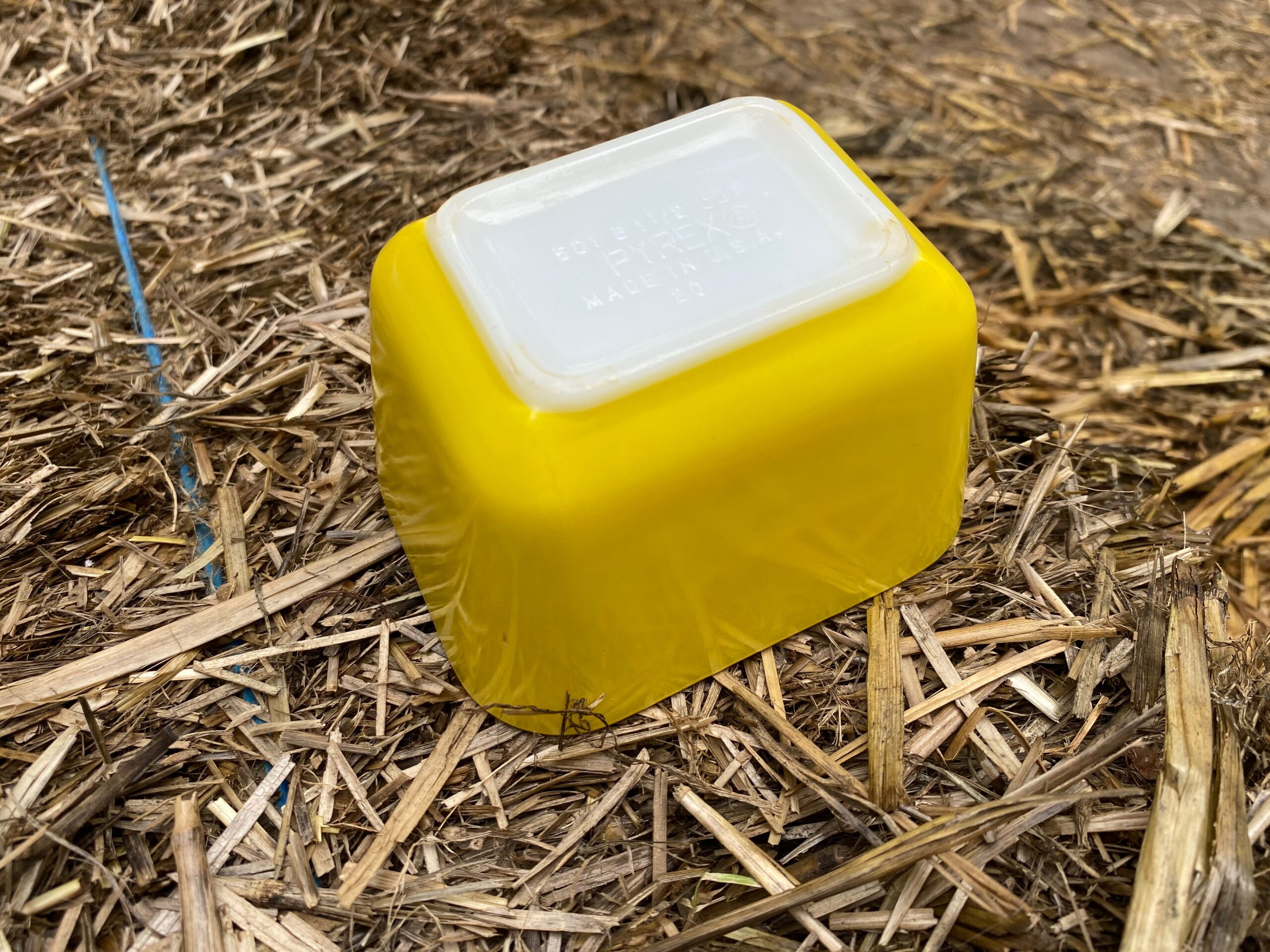

On the measuring cups, if the red is on the outside does it go through to the inside?
Thanks